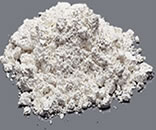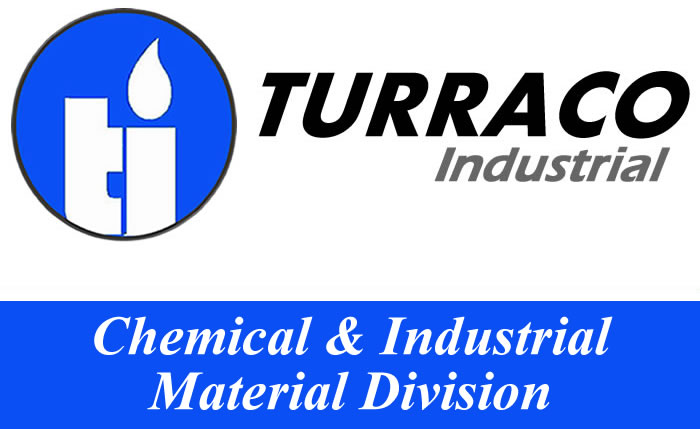

|
Titanium Dioxide
Titanium dioxide, also known as titanium (IV) oxide or Titania, is the naturally occurring oxide of titanium. When used as a pigment, it is called titanium white or Pigment White 6 (PW6). Generally it is sourced from ilmenite, rutile and anatase. It has a wide range of applications, from paint to sunscreen to food colouring.
The most important application areas are paints and varnishes as well as paper and plastics, which account for about 80% of the world's titanium dioxide consumption. Other pigment applications such as printing inks, fibers, rubber, cosmetic products and foodstuffs account for another 8%. The rest is used in other applications, for instance the production of technical pure titanium, glass and glass ceramics, electrical ceramics, catalysts, electric conductors and chemical intermediates. It also is in most red-coloured candy.
Titanium dioxide is the most widely used white pigment because of its brightness and very high refractive index, in which it is surpassed only by a few other materials. It is also an effective opacifier in powder form, where it is employed as a pigment to provide whiteness and opacity to products such as paints, coatings, plastics, papers, inks, foods, medicines (i.e. pills and tablets) as well as most toothpaste.
In ceramic glazes titanium dioxide acts as an opacifier and seeds crystal formation. Titanium dioxide has been shown statistically to increase skimmed milk's whiteness, increasing skimmed milk's sensory acceptance score.
In cosmetic and skin care products, titanium dioxide is used as a pigment, sunscreen and a thickener. It is also used as a tattoo pigment and in styptic pencils. Titanium dioxide is produced in varying particle sizes, oil and water dispersible, and in certain grades for the cosmetic industry.
For additional information and documents about Titanium Dioxide or how we can supply your organization, please give us a call, send us an email or contact us here: |
|
|

